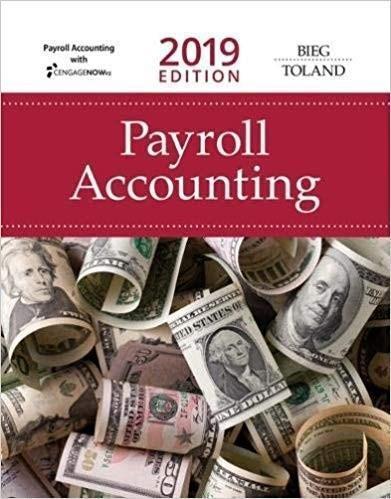Answered step by step
Verified Expert Solution
Question
1 Approved Answer
Compute the total sales-volume variance, the total sales-mix variance, and the total sales-quantity variance. (Calculate all variances in terms of contribution margin.) Show results for
Compute the total sales-volume variance, the total sales-mix variance, and the total sales-quantity variance. (Calculate all variances in terms of contribution margin.) Show results for each product in your computations. A - Sales-volume variance = Actual quantity of units sold - Budgeted quantity of units sold x Budgeted contribution margin per unit Kola = 480,000 - 400,000 x $2.00 = 80,000 x $2.00 = $160,000 favorable Limor = 900,000 - 600,000 x $1.20 = 300,000 x $1.20 = $360,000 favorable Orlem = 1,620,000 - 1,500,000 x $2.50 = 120,000 x $2.50 = $300,000 favorable Total $820,000 favorable Sales-quantity variance = Actual units of all products sold - Budgeted units of all products sold x Budgeted sales-mix percentage x Budgeted contribution margin per unit Kola = 3,000,000 - 2,500,000 x 0.16 x $2.00 = 500,000 x 0.16 x $2.00 = $160,000 favorable Limor = 3,000,000 - 2,500,000 x 0.24 x $1.20 = 500,000 x 0.24 x $1.20 = $144,000 favorable Orlem = 3,000,000 - 2,500,000 x 0.60 x $2.50 = 500,000 x 0.60 x $2.50 = $750,000 favorable Total $1,054,000 favorable Sales-mix variance = Actual units of all products sold x Actual sales-mix % - Budgeted sales-mix percentage x Budgeted contribution margin per unit Kola = 3,000,000 x 16% - 16% x $2.00 = 3,000,000 x 0.00 x $2.00 = $0 favorable Limor = 3,000,000 x 30% - 24% x $1.20 = 3,000,000 x 0.06 x $1.20 = $216,000 favorable Orlem = 3,000,000 x 54% - 60% x $2.50 = 3,000,000 x -0.06 x $2.50 = $450,000 unfavorable Total $234,000 unfavorable Instructors Q - What inferences can you draw from the variances computed in requirement 1? Criteria If answer is outside of our textbook, please provide your source or reference, if within, provide the page or pages. Reference - Horngren, C. T., Datar, S.M., Foster, G., Rajan, M., & Ittner, C. (2009). Cost Accounting: A Managerial Emphasis (13th ed.). Upper Saddle River, NJ: Pearson Prentice Hall, pp 517-519
Step by Step Solution
There are 3 Steps involved in it
Step: 1

Get Instant Access to Expert-Tailored Solutions
See step-by-step solutions with expert insights and AI powered tools for academic success
Step: 2

Step: 3

Ace Your Homework with AI
Get the answers you need in no time with our AI-driven, step-by-step assistance
Get Started


